Fix: Microsoft Store Slow Download
A lot of Windows 10 users are reporting that their Windows Store download speeds are extremely low when compared to the speeds that they’re averaging in other programs. This is a recurring issue that has been reported since the early days of this operating system. Most affected users are reporting that the download speed starts out normal, then rapidly reduces to a few Kbps.

What is causing the Microsoft Store Slow Download speeds?
We approached this issue by looking at various user reports and the repair strategies that are commonly used to resolve this particular issue on Windows 10. Based on what we gathered, there are several potential culprits that might end up causing this particular problem:
- Windows Store Glitch – As it turns out, this particular issue can also be caused by a system glitch that is fairly frequent among outdated Windows 10 builds. In this case, you might be able to resolve the issue by running the Windows Store Troubleshooter to apply the recommended repair strategy.
- Corrupted Windows Store files – This issue can also occur if the main Store executable becomes corruption (or some dependencies that are used by it). If this scenario is applicable, you will be able to resolve the issue by resetting or re-registering the Microsoft Store.
- Hidden download speed Cap is enforced – As it turns out, Windows 10 has a hidden download speed cap that might be what’s causing the slow downloads. A lot of users have confirmed that Microsoft’s feature that is ‘dynamically optimizing” the bandwidth used will end up slowing your downloads instead of optimizing them. In this case, you can resolve the issue by removing the hidden download cap from the Delivery Optimization settings.
- Windows Update is downloading something else – Windows 10 is notoriously known for prioritizing the Windows updates above everything else, so don’t be surprised if the cause for your slow download is a pending update handled by WU. In this case, you’ll need to free the bandwidth by installing every pending Windows Update.
- Router/modem glitch – This issue is often reported to occur with ISPs that are using a dynamic IP. Affected users speculate that there might be some trust issues between the MS Store and everchanging IPs. In this case, you can resolve the issue temporarily by restarting your router/modem.
- Corrupted Windows Store Cache – The Windows Store cache also has the potential of producing this problem in instances where it contains corrupted entries. Several users having this exact problem have managed to bring their download speeds to normal after clearing the Windows Store Cache.
- SoftwareDistribution folder is corrupted – There are some recorded cases where the issue ended up being caused by a corrupted SoftwareDistribution folder. In this case, affected users managed to resolve the issue by stopping the WU service and deleting the SoftwareDistribution folder.
- 3rd party AV interference – Nod32 and a few other AV/Firewall suites are also link with slow download speeds inside the Microsoft Store. In this case, disabling the real-time protection or uninstalling the security suite (for firewalls) should resolve the issue.
If you’re currently struggling with this particular issue, this article will provide you with several troubleshooting steps that you can use to troubleshoot the issue. The potential fixes below were confirmed to be working by at least one user that was encountering the same exact problem.
To remain as efficient as possible, we advise you to follow the methods in the order that they are presented since they are ordered by efficiency and severity. One of them is bound to resolve the issue in your particular scenario.
Method 1: Running the Windows Store Troubleshooter
If your slow download speeds are the result of a system glitch that is fairly frequent, Microsoft might already have a repair strategy that is ready to be deployed automatically.
Windows 10 includes a utility (Windows Troubleshooter) that is confirmed to resolve this problem in situations where the slow download speeds are caused by a Windows Store glitch. Several affected users have reported that the issue was resolved after they ran the Windows App and Store Troubleshooter and applied the recommended repair strategy.
Here’s a quick guide on how to do this:
- Press Windows key + R to open up a Run dialog box. Then, type “ms-settings:troubleshoot” and press Enter to open the Troubleshoot tab of the Settings app.
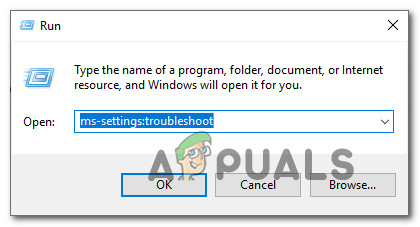
Accessing the Activation troubleshooter - Inside the Troubleshoot tab, scroll down to Find and fix other problems, then click on Windows Store Apps and click on Run the troubleshooter.
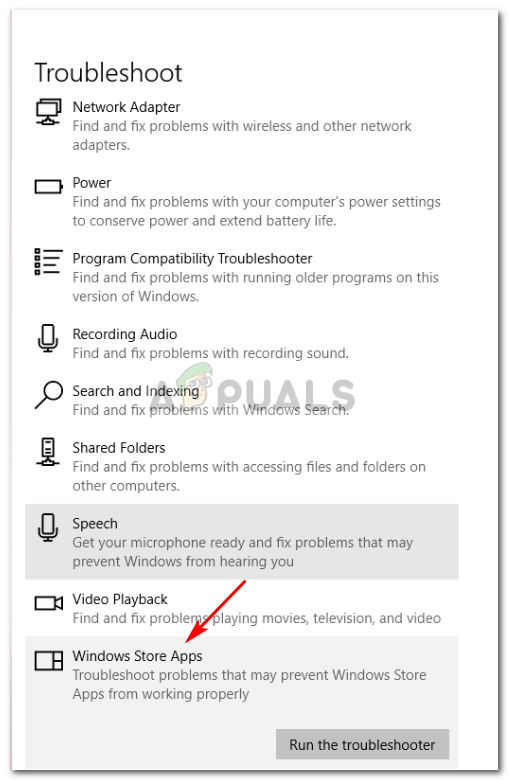
Run Windows Store Apps troubleshooter - Wait until the initial diagnostic is complete, then click on Apply this fix if a suitable repair strategy is found.
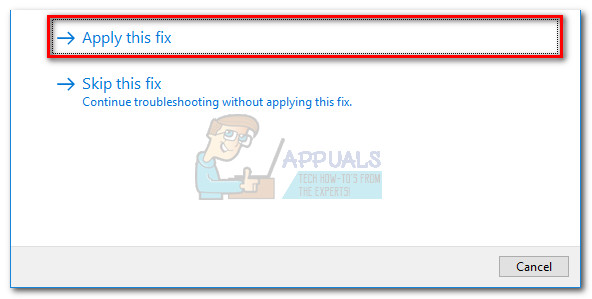 Note: If no issues are identified, move straight to Method 2.
Note: If no issues are identified, move straight to Method 2. - Once the repair strategy is applied, restart your computer and see if the download speeds are improved at the next system startup.
If you’re still encountering the same symptoms, move down to the next method below.
Method 2: Resetting/Re-Registering the Microsoft Store
A couple of users struggling to resolve the same problem have reported that their download speeds have drastically improved after they’ve taken the steps appropriated to re-registering the Windows Store. But keep in mind that this procedure might make you lose some locally-stored user preferences.
If you decide to go forward with this, here’s a quick guide on re-registering the Microsoft Store:
- Press Windows key + R to open up a Run dialog box. Then, type “ms-settings:appsfeatures” and press Enter to open up the App & Features tab of the Settings app.
- Inside the Apps & features window, scroll down through the list of apps and click on Microsoft Store. Then, click on Advanced options (under Microsoft Store).
- Scroll down to the Reset section, click on Reset and then confirm to reset the Microsoft Store.
- Open Microsoft Store, initiate another download and see if the download speed has been improved.
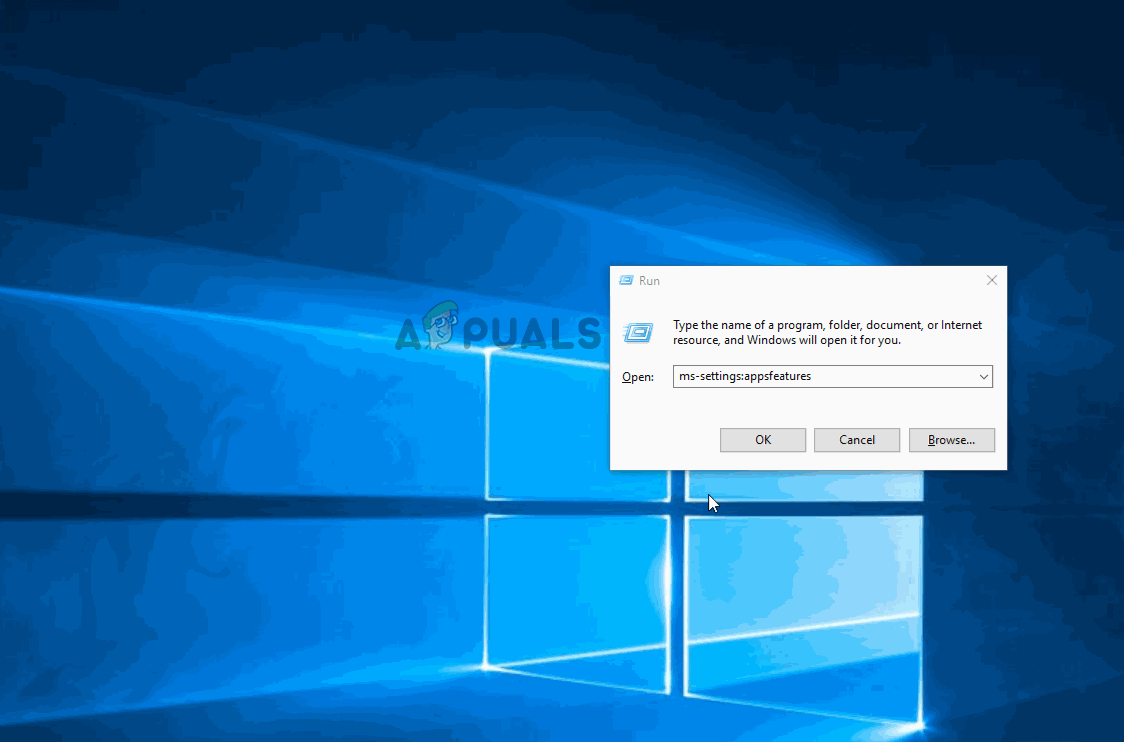
If you’re still seeing the same error message, move down to the next method below.
Method 3: Removing the Hidden Download Speed Cap
Even if Microsoft is not clear (at all) about this restriction, several users have discovered that there’s actually a hidden cap when it comes to the maximum download speed on the Microsoft Store. As it turns out, Windows 10 contains a well-hidden Download Settings window in which you can remove this cap.
Microsoft says that the OS is ‘dynamically optimizing’ the amount of bandwidth used for downloading purposes, but some affected users have discovered that the maximum speed caps at about 45% even when the option is supposedly disabled. Most affected users have reported that they managed to resolve the issue after visiting the Download Settings menu and pushing the Download sliders all the way to 100%.
Here’s a quick guide on how to do this:
- Press Windows key + R to open up a Run dialog box. Then, type “ms-settings:windowsupdate” and press Enter to open up the Windows Update tab of the settings app.
- Inside the Windows Update tab, scroll down and click on Advanced Options.
- Inside the Advanced options screen, click on Delivery Optimization (under Update Notifications).
- Once you get to the Delivery Optimization menu, scroll down to Allow downloads from other PCs and click on Advanced options at the bottom of the screen.
- Inside the next screen, scroll down to Download settings and check the box associated with Limit how much bandwidth is used for downloading updates in the background.
- Then, push the slider below to 100%.
- Open the Microsoft Store, download something and see if your download speed has improved.
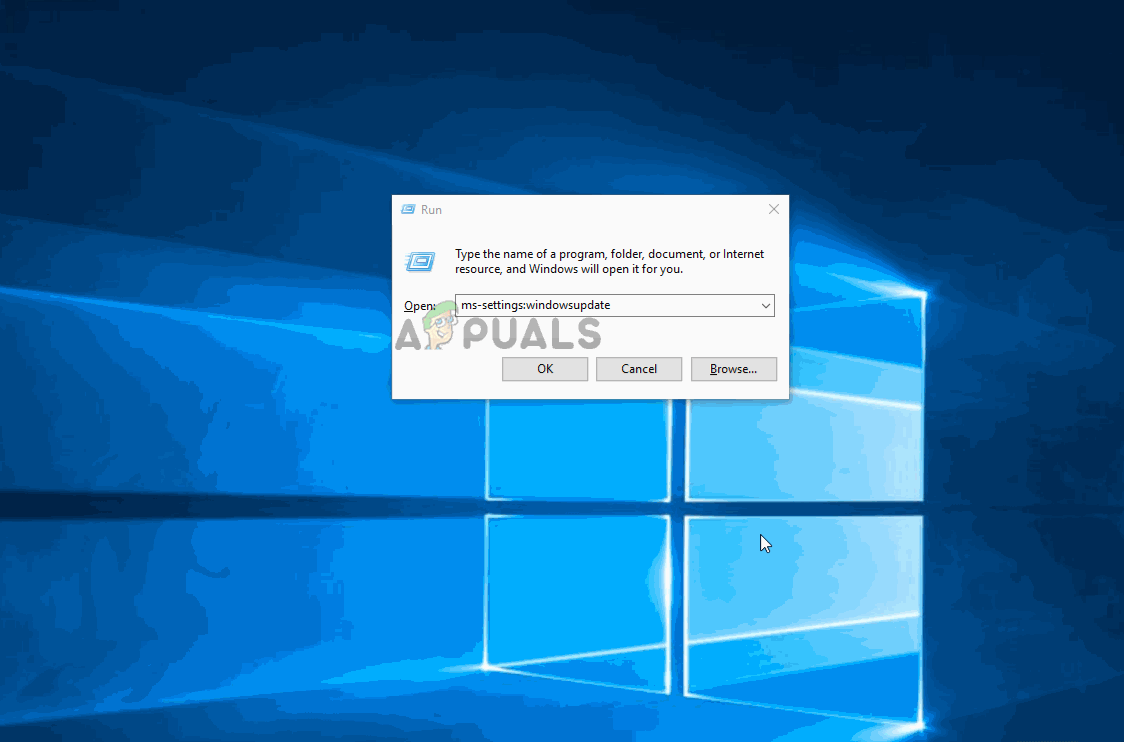
If you’re still struggling with the same issue, move down to the next method below.
Method 4: Installing every pending Windows Update
This issue can also occur if you have pending Windows Updates that are also downloading in the background while you’re trying to download something from the Microsoft Store. Since Windows 10 will prioritize the installation of Windows updates above everything else, you have little choice but to ensure that every pending update is installed before seeing if your download speed increases.
Here’s a quick guide on ensuring that there’s no pending Windows update that is currently downloading:
- Press Windows key + R to open up a Run dialog box. Then, type “ms-settings:windowsupdate” and press Enter to open up the Windows Update tab of the Settings app.
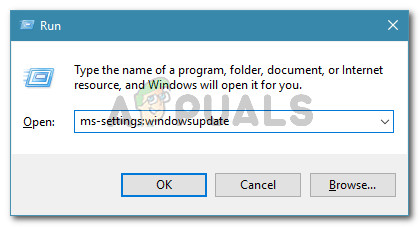
Run dialog: ms-settings:windowsupdate - Inside the Windows Update screen, click on Check for Updates and wait until every pending update is downloaded and installed.

Checking for Updates – Windows Update Note: If you’re prompted to restart during this process, do so and make sure to return to this screen and continue with the installation of the rest of updates until they are none left.
- Once every pending update has been installed, restart your computer once again and see if the issue is now resolved.
If you’re still encountering the same error message, move down to the next method below.
Method 5: Restarting the router
Some affected users have reported that for them, the fix was as simple as restarting the router that they were connected to when encountering this issue.
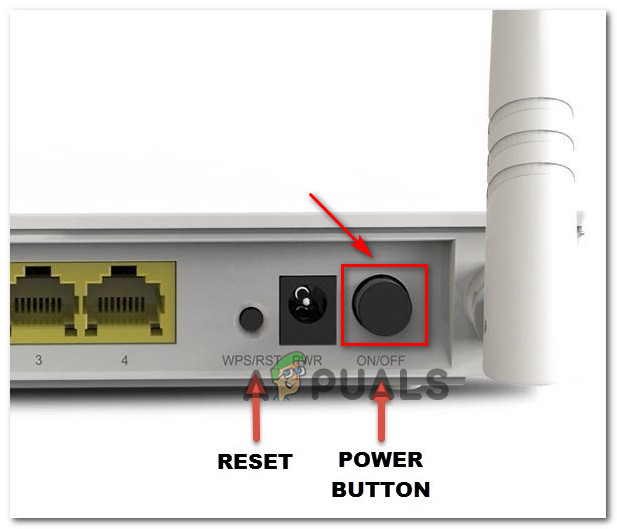
You can restart your router by using the restart button, by pressing the power button twice or by physically disconnecting the power cable for a couple of seconds. Upon reconnecting your router, wait until the Internet Connection is re-established, then open the Microsoft Store and see if the download speeds have improved.
If you’re still encountering the same issue, move down to the next method below.
Method 6: Clearing the Windows Store Cache
Some affected users have managed to resolve the issue by clearing the Windows Store Cache. This should resolve the issue in those instances where the issue is caused by a Microsoft Store glitch. As several users have reported, this procedure should be successful in those instances where you noticed that the Download speed was diminished after a Windows 10 update was installed.
Here’s a quick guide on clearing the Windows Store Cache:
- Press Windows key + R to open up a Run dialog box. Then, type “cmd” and press Ctrl+ Shift+ Enter to open up an elevated Command Prompt. When you’re prompted by the UAC (User Account Control), click Yes to grant administrative privileges.

Running CMD using Run box - Inside the elevated Command Prompt, type the following command and press Enter to clear the cache of the Microsoft store:
wsreset.exe
- Once you see the confirmation message saying that ‘The cache for the Store was cleared‘ it means that the process is finished.
- After you see this message, open the Microsoft Store again and see if your download speeds have improved when you try to download something.
If you’re still encountering the same painfully slow download speeds, move down to the next method below.
Method 7: Stopping the Updating service & deleting the software distribution folder
Some affected users have discovered a procedure that will reload all the file that are downloading at a crippled speed. As it turns out, by stopping the Windows Update service and deleting the folder in which the temporary download files are stored, you might be able to resolve this issue and return your download speeds to normal.
Here’s how to do this:
- Press Windows key + R to open up a Run dialog box. Then, type “cmd” and press Ctrl + Shift + Enter to open up an elevated Command Prompt. When you’re prompted by the UAC (User Account Control), click Yes to grant administrative privileges.

Running CMD using the Run Dialog Box - Inside the Elevated Command Prompt, type the following command and press Enter to stop the Windows Update Service:
net stop wuauserv
- With the Windows Update service disabled, run the following command to delete the SoftwareDistribution folder:
ren C:\Windows\SoftwareDistribution SoftwareDistribution.old
- Once the SoftwareDistribution folder is deleted, restart your computer in order to force your OS to create a new one.
- When the startup sequence is complete, open the Microsoft Store and see if the issue is now resolved.
If you’re still having issues with your download speed, move down to the next method below.
Method 8: Disabling your 3rd party antivirus (if applicable)
Some users have reported that in their case, the issue was actually caused by an over-protective Antivirus suite that was insisting on analyzing every data block that was downloaded by the Microsoft Store. Nod32 is most often reported as the AV responsible for this particular issue.
If this scenario is applicable and you’re using a 3rd party security scanner instead of the built-in security program (Windows Defender) try temporarily disabling your AV and see if your download speeds improve. If you’re using a firewall, you’ll need to uninstall the security software completely because it’s very likely that the same rules will remain in place even if you disable the real-time protection.
Follow this guide (here) to find out how to completely uninstall your security suite and determine whether it was responsible for your slow downloads.
If none of these solutions and methods have fixed the problem for you, you can try to download Microsoft apps directly using a third-party Download. This should give you maximum speeds as the third-party downloading apps tend to be faster when it comes to downloading stuff.




